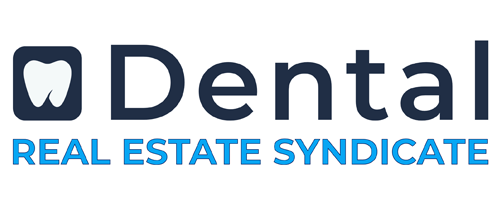A sale-leaseback is a financial transaction in which one party sells an asset, often real estate, and then leases it back from the buyer. This arrangement is commonly utilized in commercial real estate, allowing businesses to continue operating from the same location without owning the property. This article delves into the workings, interested parties, benefits, and typical structures of sale-leaseback transactions in the real estate sector.
How Sale-Leaseback Transactions Work
- Sale of the Asset: The transaction begins with the seller, typically a business owner or corporation, selling their commercial property to an investor or a real estate investment company specializing in such transactions.
- Lease Agreement: Immediately following the sale, the seller signs a lease agreement with the new owner, ensuring they can continue to use the property as their business premises.
- Payment Terms: The terms of the lease generally involve the seller paying a fixed rent to the buyer over a long-term period, providing the buyer with a predictable return on investment.
- End of Lease Options: At the end of the lease term, the seller may have several options, including renewing the lease, repurchasing the property, or moving to a new location, depending on the initial terms agreed upon.
Interested Parties and Their Motivations
- Sellers:
- Cash Flow Needs: Businesses needing immediate capital for expansion, debt reduction, or other operational purposes find sale-leaseback transactions particularly beneficial. This arrangement converts illiquid real estate assets into liquid capital.
- Operational Flexibility: Selling the property frees the business from the burdens of real estate ownership such as maintenance and taxes, while ensuring continuity of operations at the known location.
- Buyers:
- Investment Opportunities: Investors or real estate firms look for opportunities to acquire properties with secure, long-term tenants—making businesses engaged in sale-leaseback transactions ideal candidates.
- Stable Returns: These transactions offer investors predictable returns due to the long-term nature of most lease agreements associated with sale-leasebacks, appealing particularly to institutional investors or real estate investment funds seeking low-risk opportunities.
Benefits of Sale-Leaseback Transactions
- Immediate Liquidity: The seller gains quick access to cash which can be immediately reinvested into the business or used to alleviate financial liabilities.
- Tax Advantages: The lease payments made under a sale-leaseback arrangement are often fully deductible as business expenses, offering significant tax savings over maintaining property ownership.
- Retained Operational Control: Despite the sale, sellers retain control over their business operations by continuing to use the property, without the financial burdens associated with property ownership.
- Potential for Improved Balance Sheets: Transferring real estate assets off the balance sheet can improve a company’s financial ratios, making it more attractive to potential investors and lenders.
- Flexible Financing Options: Sale-leaseback deals provide alternative financing that does not increase the company’s debt levels, preserving credit capacity for other uses.
Common Structures for Sellers to Consider
- Triple Net Lease (NNN): Under this arrangement, the seller, now the tenant, assumes responsibility for all property expenses, including taxes, insurance, and maintenance, which ensures that the investor has no ongoing expenses related to the property.
- Modified Gross Lease: This lease type offers a compromise, with the landlord and tenant sharing certain expenses. This can be attractive for sellers who wish to limit their expense variability.
- Lease Term: The length of the lease is critical. Long-term leases ensure stability for both the tenant and the landlord, while short-term leases may provide more flexibility for the tenant.
- Renewal Options: Including options to renew the lease gives the tenant the possibility to extend their stay at the property, providing long-term operational stability.
- Buyback Clauses: Negotiating a buyback option can be advantageous for sellers wishing to regain ownership of the property under favorable future financial conditions.
Conclusion
Sale-leaseback transactions are a sophisticated financial tool that offers benefits to both sellers and buyers in the commercial real estate market. Sellers achieve immediate liquidity and operational continuity, while buyers enjoy stable, long-term income streams. By understanding the detailed workings, benefits, and various structures of sale-leasebacks, both parties can effectively navigate and capitalize on these transactions. As financial landscapes evolve, sale-leasebacks continue to be a valuable strategy for businesses managing capital and assets efficiently.

